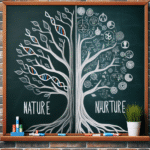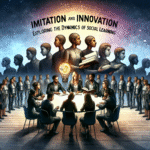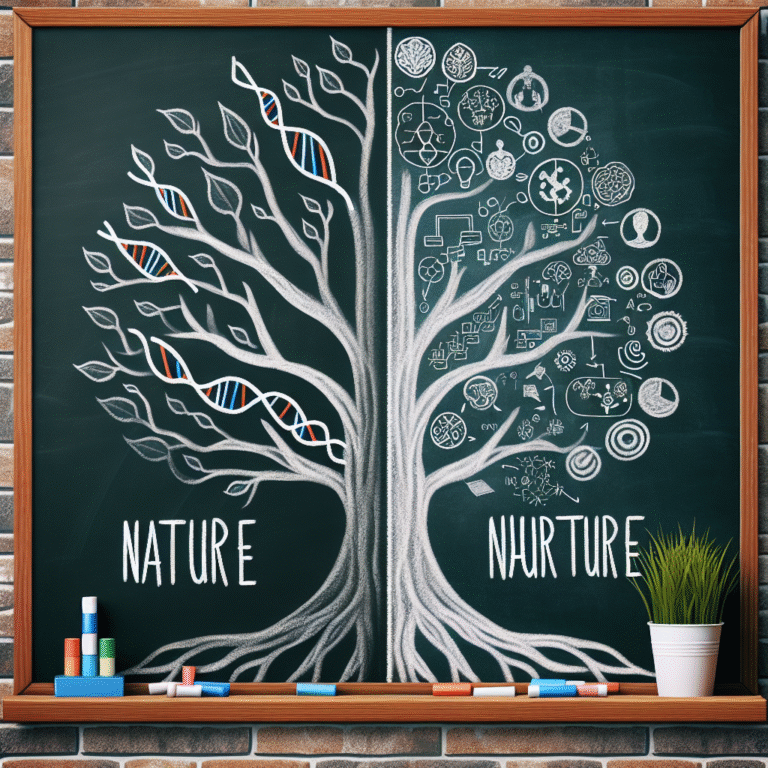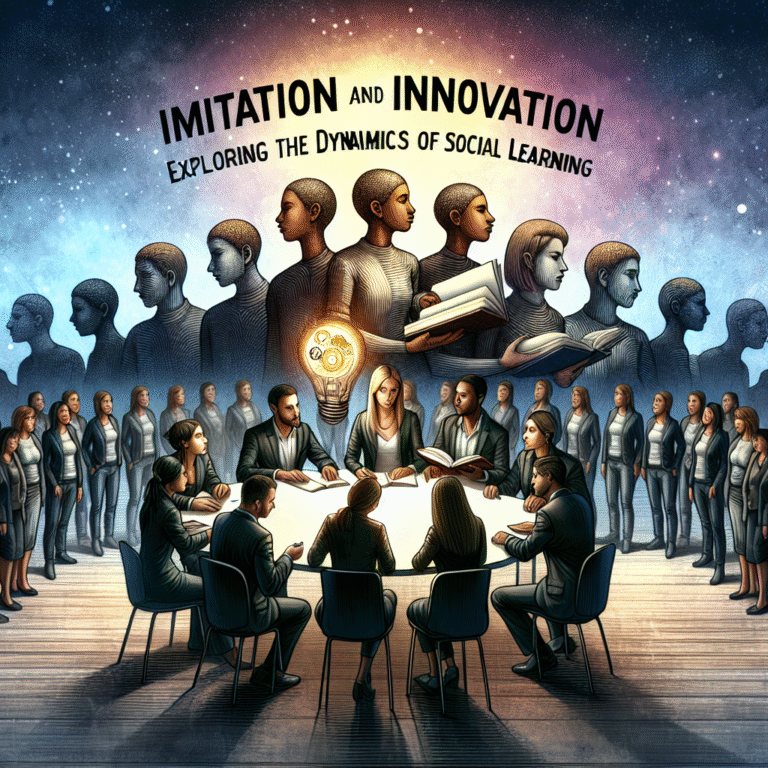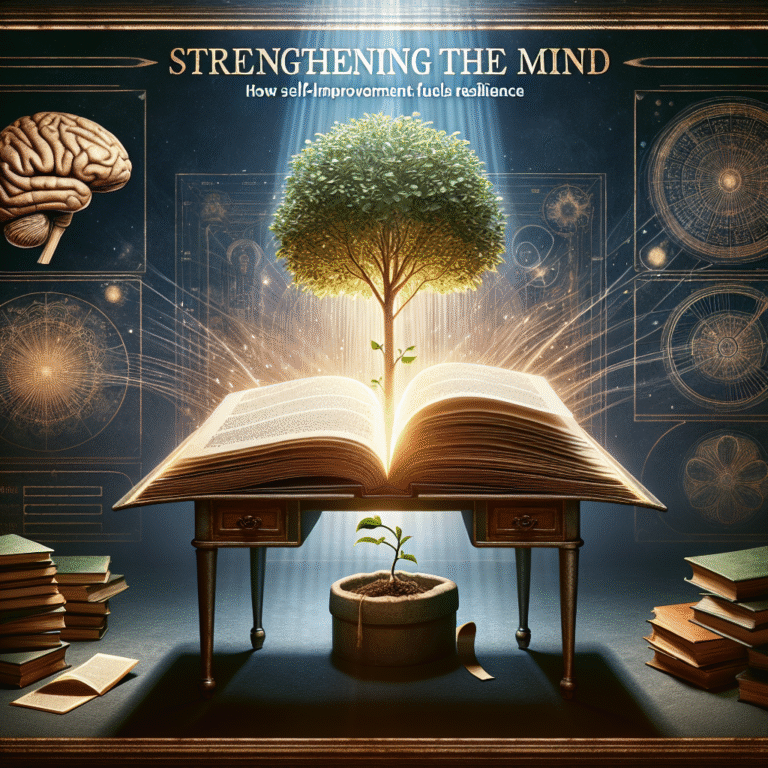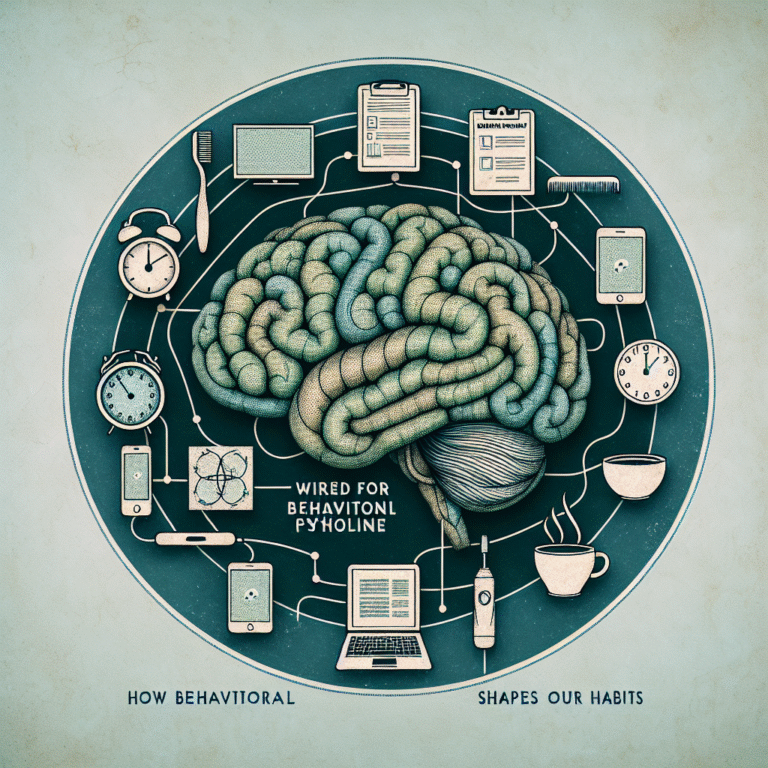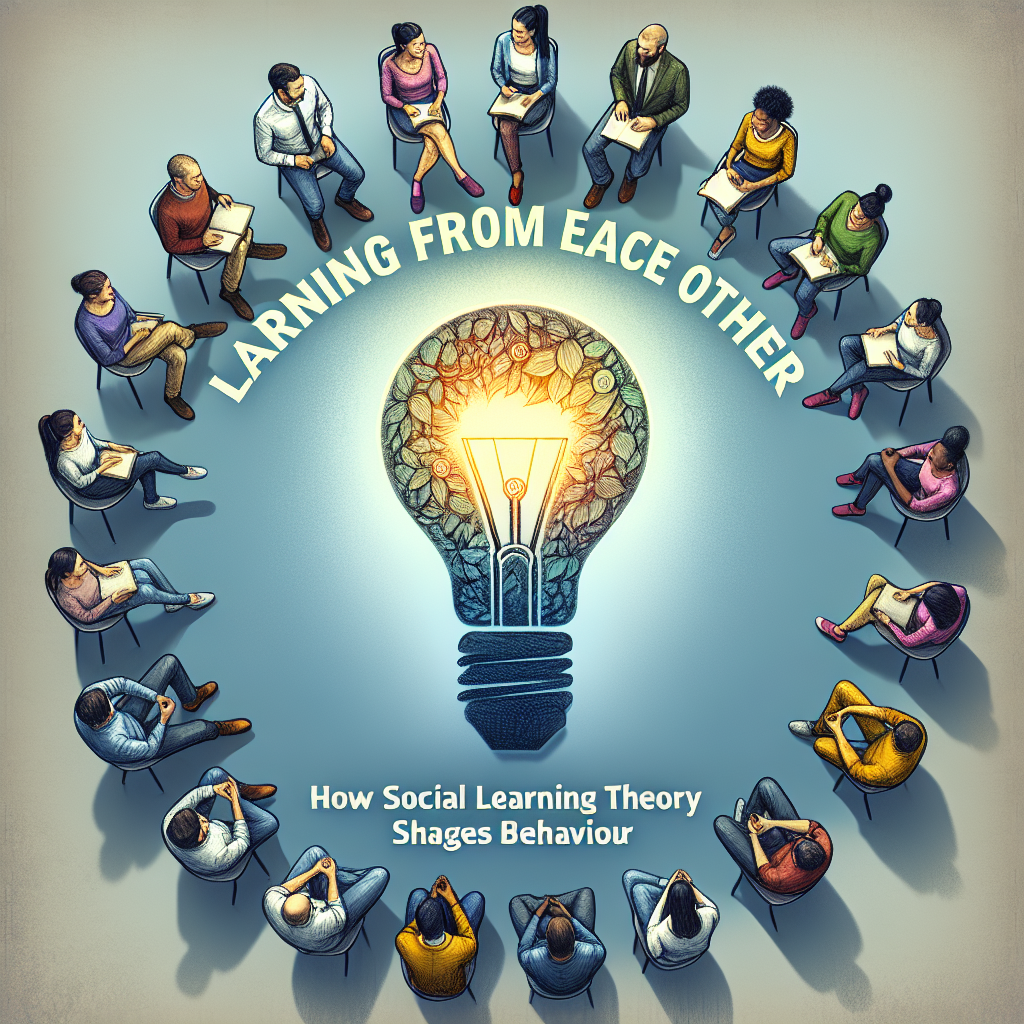
Introduction
In an interconnected world where ideas circulate rapidly, understanding how we learn from one another is more critical than ever. The topic, Learning from Each Other: How Social Learning Theory Shapes Behavior, is compelling as it captures the essence of collaboration and communal growth. From children absorbing social cues to professionals adopting innovative practices, social learning theory offers a lens through which we can examine the dynamics of behavior in various settings.
Imagine a classroom where students motivate one another, or a workplace where teams collaborate to innovate. These scenarios illustrate that learning isn’t restricted to traditional instruction; instead, we constantly learn from observing others. This potent realization leads to the essential question: How do our interactions shape our behaviors, decisions, and ultimately, our lives?
Understanding Social Learning Theory
The Foundation of Social Learning Theory
At its core, social learning theory, developed by psychologist Albert Bandura in the 1960s, posits that most human behaviors are learned through observation and imitation rather than through direct experience. Bandura’s groundbreaking work brought forth the idea that we, as social beings, are influenced by the actions and attitudes of others, underscoring the vital concept of Learning from Each Other.
Key Components of Social Learning Theory
- Observation: Individuals observe others in their environment, taking note of behaviors and consequences.
- Imitation: After witnessing a behavior and its outcome, individuals may choose to imitate that behavior.
- Modeling: Role models—a parent, teacher, celebrity—can influence behaviors significantly.
- Reinforcement: Positive or negative outcomes affect whether a behavior is repeated.
This foundational theory sets the stage for deciphering how we learn from each other, emphasizing that environmental factors and social interactions play a pivotal role in shaping behavior.
The Importance of Learning from Each Other
Broadening Perspectives
Learning from Each Other: How Social Learning Theory Shapes Behavior highlights the power of diverse perspectives. When individuals from various backgrounds come together, they share experiences and insights that broaden understanding and foster empathy. By learning from one another, we can challenge our assumptions and biases, leading to more informed and inclusive behavior.
Enhancing Skills
Through social learning, individuals can enhance their skills by observing experts. Whether in a professional setting or a sports team, such learning can lead to improved performance and innovation.
Case Study: Bandura’s Bobo Doll Experiment
One of the most famous studies demonstrating social learning theory is Bandura’s Bobo Doll experiment. In this study, children who observed an adult behaving aggressively toward a Bobo doll were likely to imitate the behavior when given the opportunity to interact with the doll themselves. This experiment emphasizes that children learn not only through direct reinforcement but also by observing the actions of others. Bandura’s findings reinforce the idea that Learning from Each Other significantly impacts behavioral outcomes.
Application in Real-World Scenarios
Education: Collaborative Learning
Interactive Classrooms
In educational settings, collaborative learning opportunities can show how impactful Learning from Each Other: How Social Learning Theory Shapes Behavior can be. Group projects, peer tutoring, and discussion forums allow students to engage with and learn from their peers. Studies show that students who study in cooperative groups perform better academically than those who learn alone.
Case Study: The Jigsaw Classroom
Developed by Elliot Aronson, the Jigsaw Classroom technique divides students into diverse groups where each member is responsible for learning a specific piece of information and teaching it to the others. This method fosters interdependence and promotes the essence of Learning from Each Other, as students collectively create a learning community.
Workplace Learning: The Power of Collaboration
Mentorship and Peer Learning
In professional environments, mentorship programs and peer learning can dramatically influence performance and morale. By observing and emulating experienced colleagues, newer employees can accelerate their learning curve.
Case Study: Google’s Project Oxygen
Google’s analysis of employee performance indicated that effective management behaviors significantly shape employee success. By encouraging managers to model collaborative and communicative behaviors, Google illustrated how Learning from Each Other can create a productive work environment.
Social Media: The Digital Learning Landscape
Online Communities and Influencers
In today’s digital age, social media platforms have become flourishing grounds for social learning. Users learn from online influencers who share experiences, expertise, and behaviors that followers often adopt.
Case Study: Influencer Marketing Impact
Research shows that consumers are more likely to trust and follow behaviors endorsed by influencers on platforms like Instagram and TikTok. This phenomenon validates how Learning from Each Other occurs on digital platforms, often shaping consumer behavior significantly.
Strategies for Encouraging Learning from Each Other
Creating Inclusive Environments
To foster social learning, it is essential to create environments that prioritize inclusivity and diversity. Encourage open dialogue where individuals feel safe sharing their experiences and perspectives.
Promote Peer Mentoring
Implementing peer mentoring programs can enhance collaborative learning. Facilitating opportunities for team members to share knowledge creates a cycle of continuous learning.
Utilize Technology
Leverage technology platforms to enhance collaborative learning and information sharing. Online forums, webinars, and social media groups can serve as additional channels for learning from one another.
The Role of Cultural Context in Learning
Understanding how culture influences social learning is vital. The way individuals learn from others can vary significantly across cultures, shaping behavioral norms and expectations. For example, collectivist cultures often emphasize group learning, while individualistic cultures may focus on self-directed learning.
Case Study: Cross-Cultural Learning
In a study involving students from individualistic (U.S.) and collectivist (Japan) cultures, researchers found that Japanese students performed better in group tasks, showcasing how cultural context can shape learning behavior.
Challenges in Learning from Each Other
Miscommunication and Assumptions
Miscommunication can hinder learning when individuals assume they understand the behavior or intention behind an action. Encouraging dialogue and clarification is essential for effective social learning.
Resistance to Change
Individuals may be resistant to adopting new behaviors observed in others, especially if those behaviors contradict existing beliefs or norms. Overcoming this resistance requires an understanding of the benefits of learning from each other.
Conclusion
Learning from Each Other: How Social Learning Theory Shapes Behavior is not merely an academic concept; it is a vital framework for personal and societal advancement. By acknowledging the power of observation, imitation, and reinforcement, we can create environments conducive to continuous growth and learning.
To leverage the theory effectively, it’s important to foster collaboration, inclusivity, and open-mindedness. As we observe and learn from one another, we not only enrich our own lives but also contribute to the collective betterment of society. Embrace the wisdom of social learning, and start transforming your interactions today.
FAQs
1. What is social learning theory?
Social learning theory, developed by Albert Bandura, posits that individuals learn behaviors through observation and imitation rather than direct experience.
2. How can social learning be applied in the classroom?
Teachers can incorporate group work, peer tutoring, and role-playing to encourage students to learn from one another effectively.
3. How does culture influence social learning?
Cultural contexts shape how individuals observe, interpret, and adopt behaviors from others. Collectivist cultures often emphasize group learning, while individualistic cultures may focus more on independent learning.
4. What are some challenges in implementing social learning strategies?
Challenges include miscommunication, assumptions that can lead to misunderstanding, and resistance to adopting new behaviors.
5. How can organizations promote learning from each other?
Organizations can promote learning by establishing mentorship programs, encouraging collaborative projects, and utilizing technology for knowledge sharing.
This article uncovers the multifaceted nature of social learning, emphasizing its relevance across various domains. By embracing the insights and strategies discussed, individuals can unlock their potential while enhancing collective growth—an essential journey in our ever-connected world.
